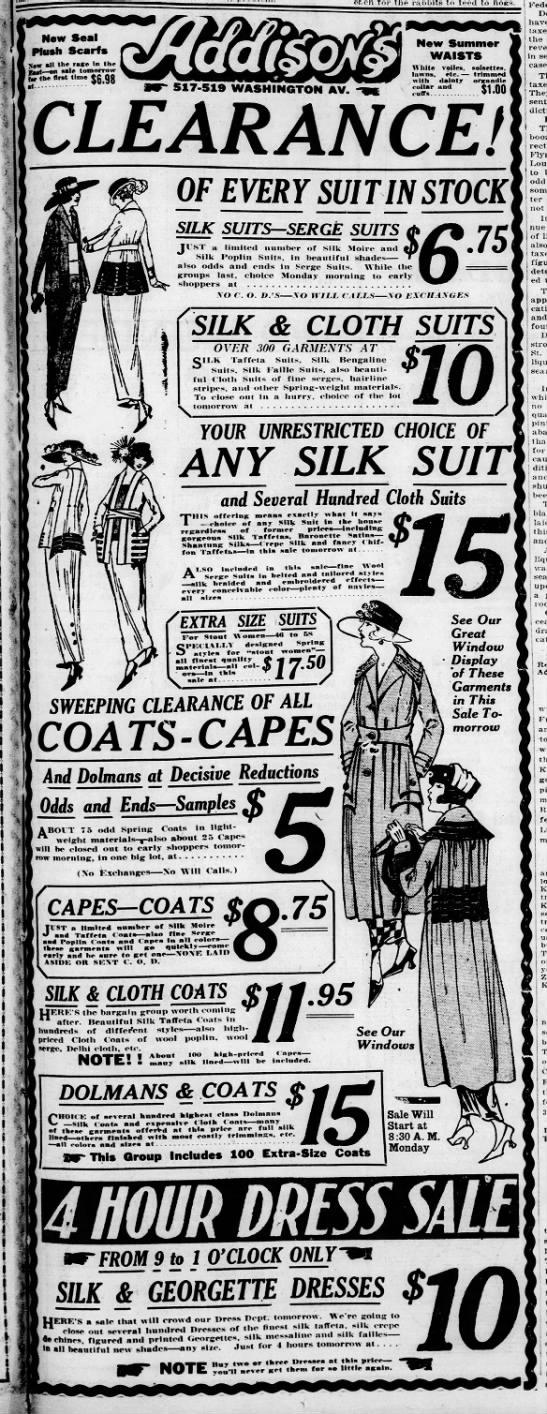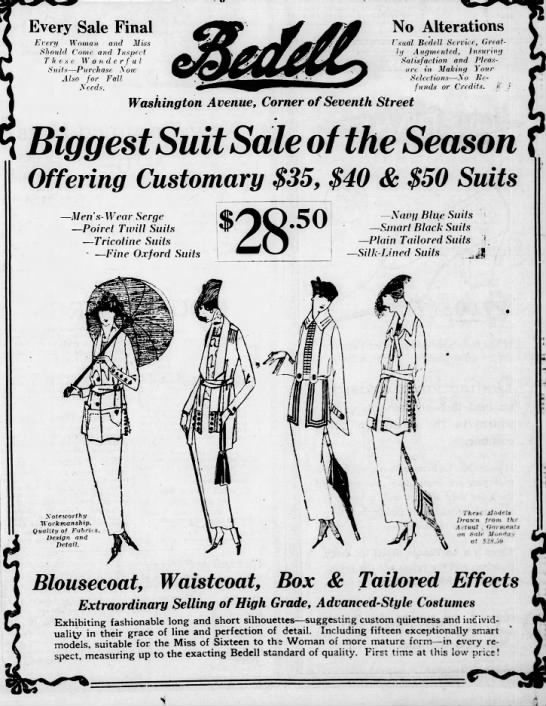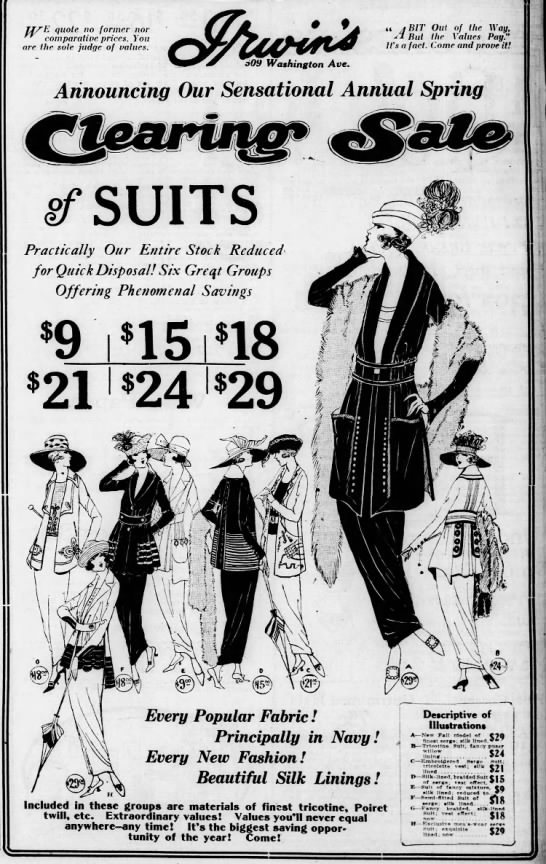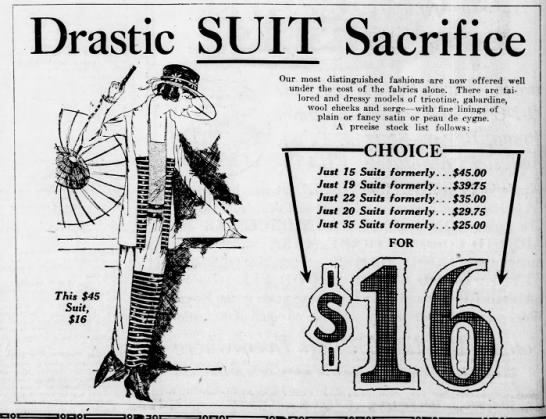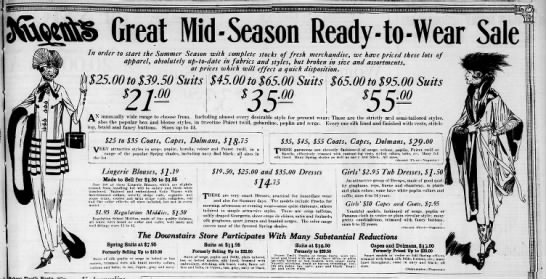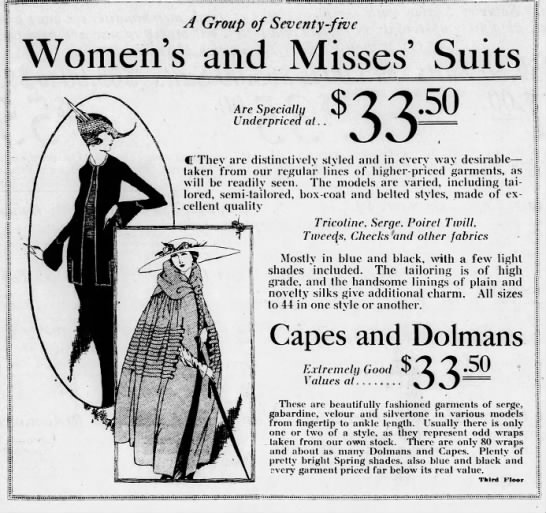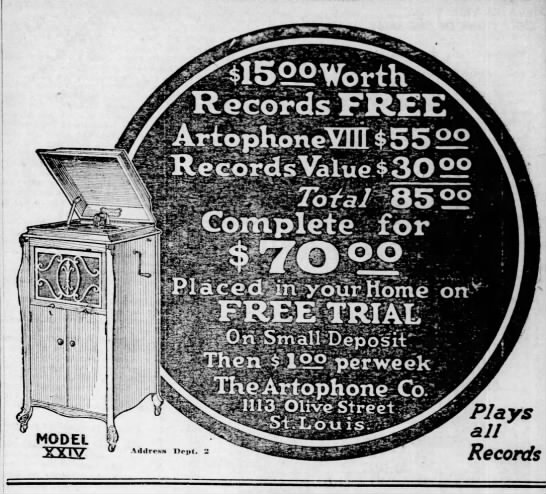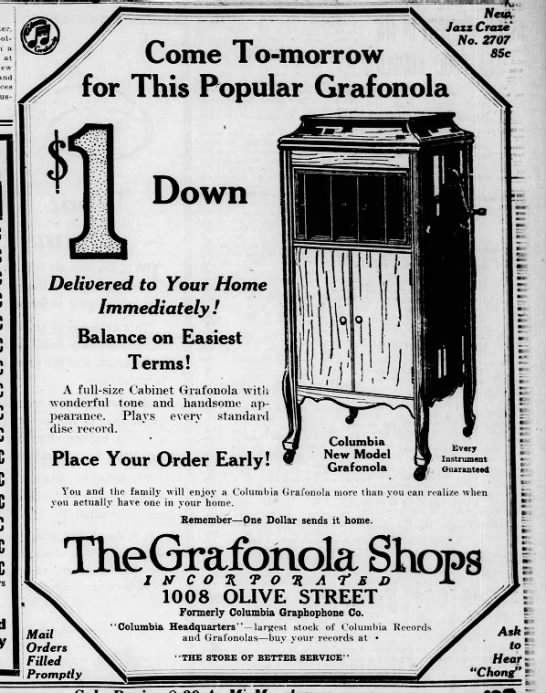Readers of the popular historical fiction novel The Lilac Girls by Martha Hall Kelly know about the Polish women interred in Ravensbruck who were used for medical experiments, called 'rabbits' because they were merely lab 'animals.'''
In Kelly's novel, the women are told to board white trucks from the Red Cross, but some doubt their legitimacy. Another noted that "Himmler himself authorized Count Bernadotte of Sweden to take us."
A Forgotten Hero is the story of that Count Bernadotte of Sweden!
Shelly Emling begins the book with the German invasion of Poland and the removal of Poles to concentration camps through the personal story of Manya Moszkowicz. In the last days of the war, the Germans wanted to cover up the atrocities of the concentration camps, evacuating prisoners or killing them. Manya was taken on a forced march to Ravensbruck. And one morning she was in a group taken to the gate and told to board a white truck with red crosses. It didn't seem real. The women were given CARE packages, and that night they slept in real beds, clean and warmly clothed. Manya learned she had been rescued because of Count Folke Bernadotte.
Folke was related to Swedish royalty and made a career in the army. He became a volunteer for the Boy Scouts. He took on the leadership of the International Red Cross. Sweden was neutral during WWII, a choice made to preserve their freedom while Norway fell to the Germans and Finland to the Russians. Folke used this neutrality to gain access to Himmler. He wanted to rescue all the prisoners, but played his hand carefully, first asking to repatriate Swedish nationalists. The Gestapo head Himmler had vowed to remain loyal to Hitler but knew his country was losing the war; over time he allowed Folke access to more prisoners.
Folke's courage and faith were limitless as he bused the women out of the camp, coming under fire by Allied planes. He was able to secret out several thousand Jews, but his rapport with the Nazis and unwillingness to overplay his hand made him suspect by some Jewish groups. After the war, Folke was asked to mediate between the emerging country of Isreal and the dispossessed Palestinians. A radical Jewish group marked him for assassination.
For decades, Folke's legacy was forgotten by a chagrined Israel who buried the incident of his death.
Sixty years after his death Folke has reemerged from the shadows.
I received a free ebook from the publisher in exchange for a fair and unbiased
review.
about the author:Shelley Emling is a senior editor at AARP.org and editor-in-chief of The Girlfriend from AARP. Previously she was a senior editor at the Huffington Post for five years. She has worked as a foreign correspondent for the Cox Media Group both in Europe and in Latin America for more than twelve years, based in London for eight years. Shelley lives in New Jersey and works in Washington, D.C. Shelley is the author of several other books including Marie Curie and Her Daughters, Setting the World on Fire, Your Guide to Retiring in Mexico, and The Fossil Hunter.
A Forgotten Hero: Folke Bernadotte, the Swedish Humanitarian Who Rescued 30,000 People from the Nazis
Emling, Shelley
ECW Press
Published: May 2019
ISBN: 9781770414495
$26.95 US/$32.95 CAD/#17.99 Kindle



